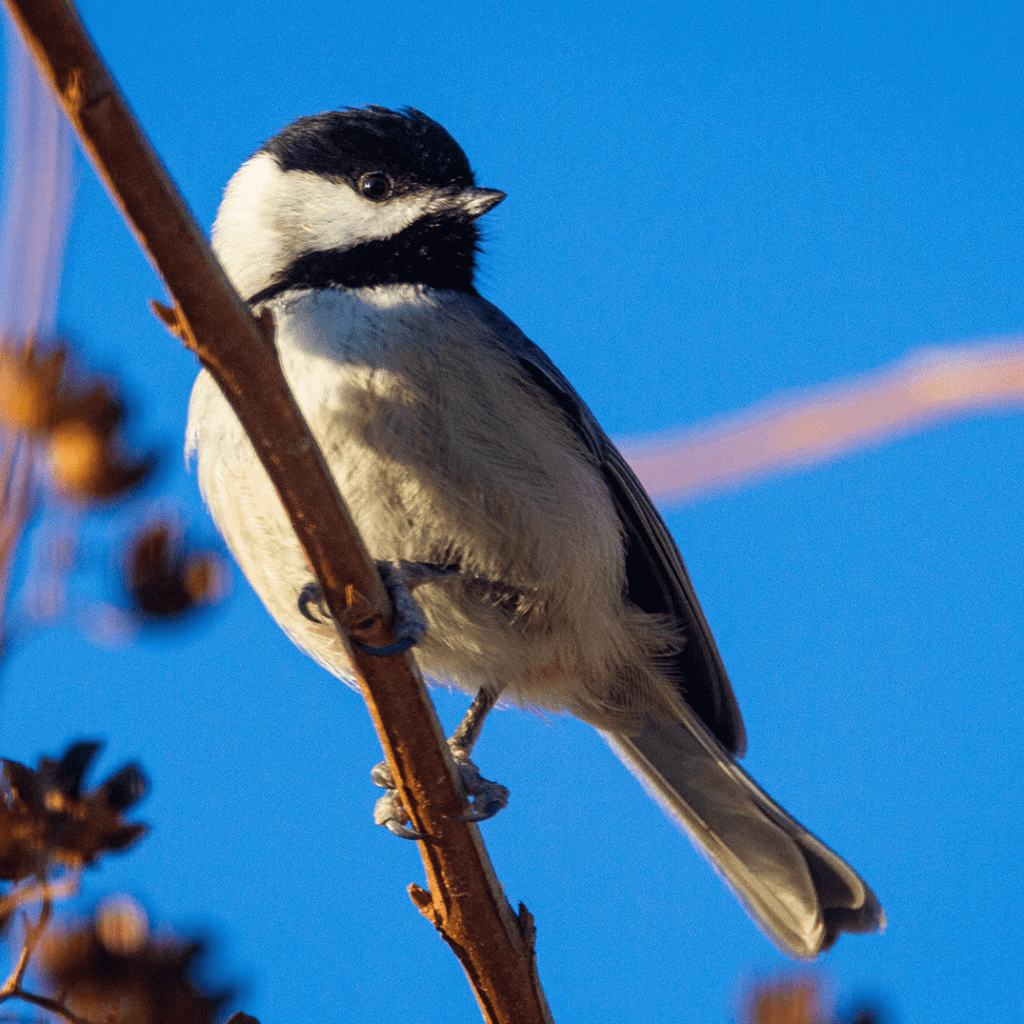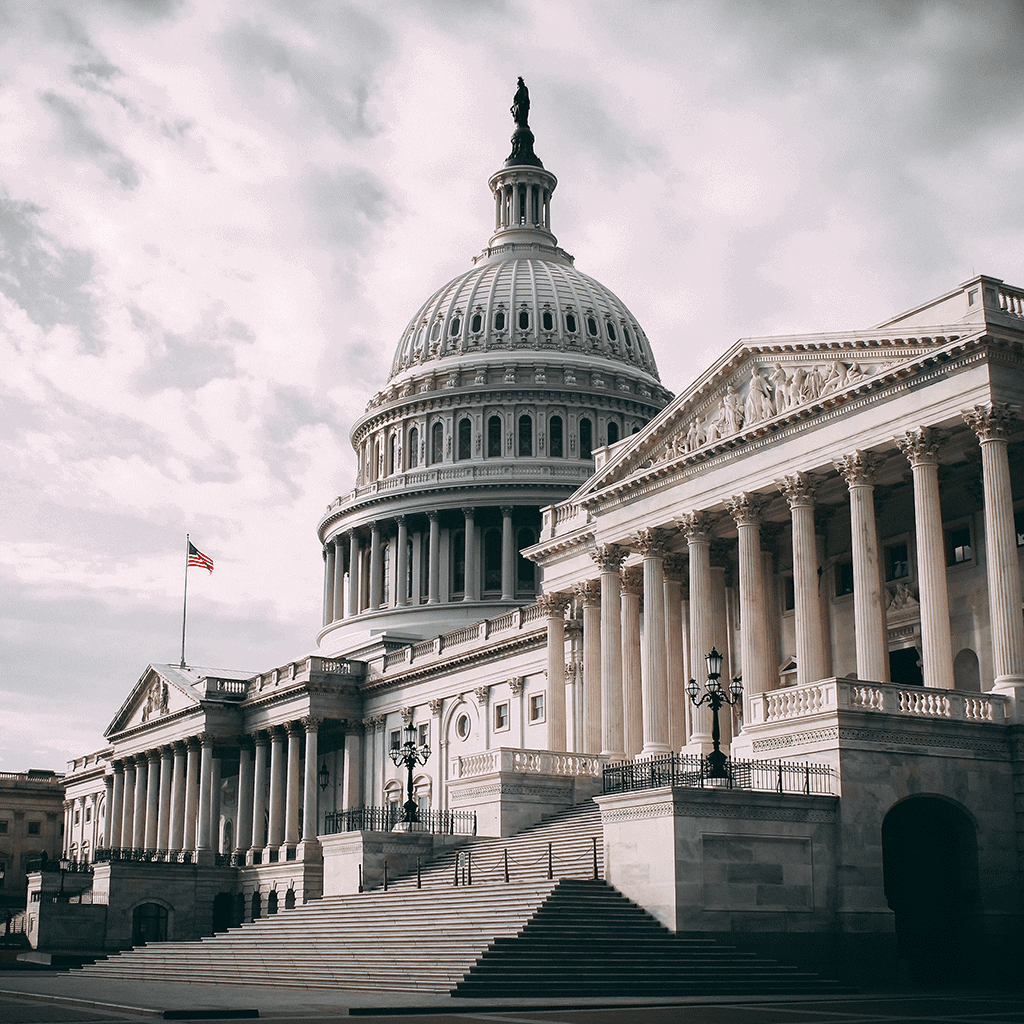Edition #14 | Environment Forward

Podcasts, nature sounds, private jets, and climate legislation.
Welcome to the latest edition of Environment Forward. While it’s still hot and rain-free here in Texas, there have been some exciting things in the works at CarbonBetter HQ. I’m thrilled to share that we welcomed Ariana Carruth to the Climate services team this month, and we are hosting our first webinar on August 31st with 3 awesome brands that are working to make the alcoholic beverage space more sustainable—we would love for you to attend. In this edition, we are checking out podcasts about the climate crisis, the changing soundscape of nature, the carbon impacts of celebrity jets, and historic climate legislation that passed through the Senate and Congress. In the spirit of our upcoming spirits webinar, I’d love to know what beverages are helping you stay cool this summer. Drop me a line at nicole@carbonbetter.com.

For Your Podcast Queue
While I am constantly reading climate and environmental news, my podcast listening tends to skew in other directions—from food to true crime and everything in between. I was excited to see a round-up of podcast episodes, including podcasts that are not wholly focused on sustainability, that GreenBiz put together with guidance on specific episodes that cover the climate crisis. This round-up also got the Outside Podcast on my radar—beyond some climate coverage, they’ve published some fascinating episodes about adventurers and survival in nature. As climate tech continues to evolve, I’m most looking forward to listening to the Catalyst with Shayle Kann episode titled “Which tech is overhyped, underhyped, and just right?” While not included in this round-up, the Nature Podcast produced by Nature Journal tends to cover fascinating science topics with technical rigor, including the environment. Let me know if you have any favorite climate podcasts that this list missed.
Image credit: C D-X

Is Nature Getting Quieter?
When I think about environmental impacts and their consequences on our planet, I'm often thinking about extreme events and risks such as heat waves, wildfires, and floods. Biodiversity impacts are also often on my radar, but something I had not given much consideration to until reading this article from the Grist is the change to our soundscape that comes with decreased bird and insect populations or forced migration of animal populations due to habitat impacts. Bird sounds, insect sounds, and even ocean sounds are all being impacted by the built environment. "Anthrophony," which refers to the sounds created by humans, is what we often refer to as "noise pollution." Nature's soundscape can have powerful mental health benefits, and while we aren't always listening out for the sounds of nature, replacement of these sounds with silence and anthrophony will have detrimental impacts. Quiet Parks International is doing important work to preserve the remaining soundscapes.
Image credit: Joshua J. Cotten

Flying Private
U.K.-based sustainability marketing agency Yard recently published an analysis of celebrities with the worst private jet carbon dioxide (CO2) emissions. The Twitter account @CelebJets also released information about Kylie Jenner, Drake, and other celebrities taking flights that are less than 20 minutes. It turns out, that airplanes affiliated with celebrities emitted more than 3,376 metric tons of CO2e on average (note this number is just for the celebrities' planes and not for any other facet of their lives and activities). By comparison, the average person emits just 7 metric tons of CO2e annually. I'm not here to judge the celebrities at the top of this list for their choice to fly private, but I would love to see them offsetting their emissions in meaningful ways and being more conscious of their routes vs taking short or seemingly unnecessary flights given the bulk of a flight's emissions are incurred at takeoff. Whether you're flying commercial or private, we're happy to help offset your carbon footprint.
Image credit: Jakob Rosen

The Senate's Climate Bill
I would be remiss not to include the Inflation Reduction Act (IRA) in this edition of Environment Forward. The IRA has passed through the Senate and House of Representatives and it is historic legislation that includes more than $369 billion in clean energy tax credits along with funding for energy and climate programs. Through changes in the power and transportation sectors and the use of carbon capture, it's anticipated that the IRA could reduce carbon emissions to 40% below 2005 levels by 2030. The IRA is anticipated to increase the use of carbon capture and storage technologies by 13x by 2030 by making carbon capture more economically viable. Within the bill, analysts are seeing wins for electric vehicles and significant greenhouse gas emissions cuts in industrial spaces such as steel and cement. While I've been reading a lot about the bill, I am curious about some of the math and the roadmap to achieve some of the expected outcomes - I'm excited to see the impacts on climate technology.
Image credit: Harold Mendoza